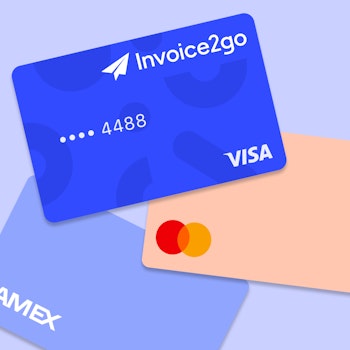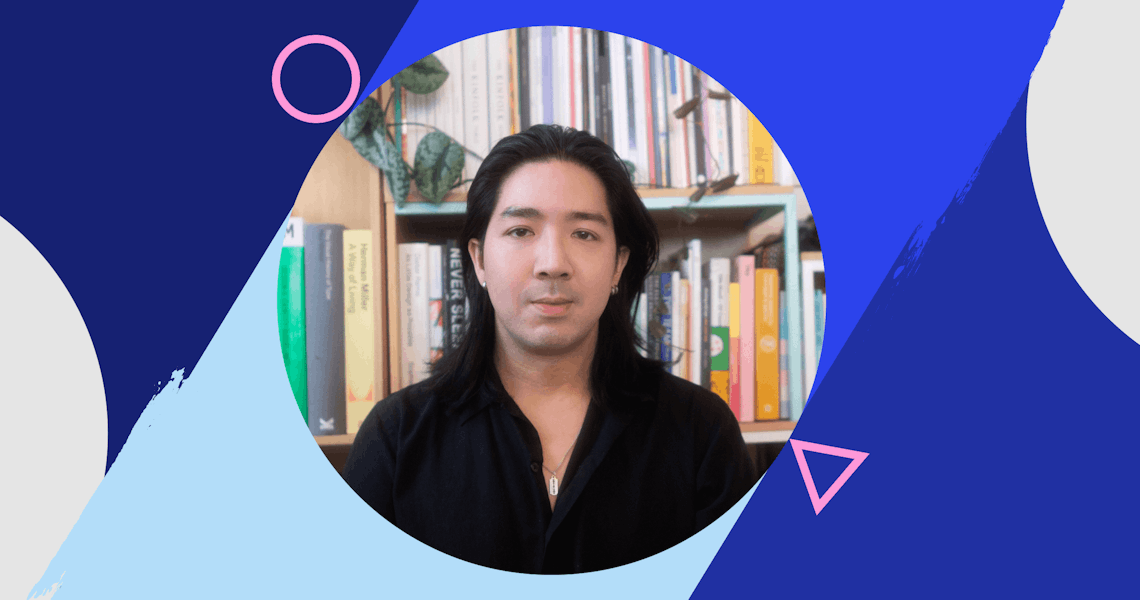
Invoice2go Artists Series: Q&A with Ray Dak Lam
Ray Dak Lam keeps it simple. The Edmonton, Alberta-based graphic designer and illustrator distills his subjects to their most basic forms, leaving behind vibrant, geometric images that pull your gaze. Big brands can’t look away, either. Within a little over two years of going freelance, he’s already created illustrations for Asana, GoDaddy, and McDonald’s.
Despite the tragedy it wrought, the pandemic set Ray’s meteoric rise into motion. He found himself in the same position as millions of others – out of work – when his design agency laid him off in May 2020. Luckily, he’d been freelancing on the side and broke the news to his clients that he was officially available full-time. Through posting a steady stream of quality work online, which landed him features on Dribbble, Behance, and Adobe, he cultivated his audience (which includes a following of nearly 13,000 on Instagram) and attracted high-profile clients.
Ray works primarily on brand-focused projects, creating illustrations for websites, print material, and advertising campaigns. His pieces start with sketches in a notebook, which he recently thumbed through with us over Zoom. He turns the ones he likes into digital artwork, using Adobe Illustrator to make vector shapes and Photoshop to apply textures.
Alongside his bread-and-butter work, he lends his time and talent to lively depictions of Chinatown, a second home for him, hard-hit by the pandemic and the sinophobic rhetoric surrounding it. Last year, for example, his illustrations appeared on banners and merch for a community fundraiser project to help boost foot traffic to Edmonton’s Chinatown.
Not unlike his artistic style, Ray – who illustrated the header for our blog post on the top 10 recession-proof businesses – is an exercise in restraint. Thoughtful and soft-spoken, he broke down his artistic journey, how he grew his audience, and how he leveraged his online presence to build a career that fulfills his creative and professional goals, as well as his personal values.
Walk me through your artistic beginnings. Did you draw a lot as a kid?
I drew on the walls all the time as a kid. My mom would get so mad. She’d clean it off or paint over it, but then I just saw it as a blank canvas to draw more stuff on.
I’ve always been interested in art, design, and drawing. I wanted to be a car designer, then a tattoo artist. And then in high school, I took a graphic design course, and I fell in love with typography. That was the moment when I was like, “I’m going to be a graphic designer.”
So I went to design school and worked at different design agencies. I went to a couple of small digital studios where I did web design. Illustration was always a part of my design process, though. Even when I was designing websites, I’d try to sneak a few illustrations into them. Ever since I started freelancing, I progressed to just doing illustration full-time.
There was always a bit of resistance from my family. They’d tell me art was a hobby, not a job. I think that’s usually the case with immigrant parents. They want us to be something that appears successful in their eyes. But then my sister went to design school, and she pushed me to do it, too. Finally my parents were convinced when we both got jobs in the design field. They were like, “Oh, maybe you guys are ok.”
I’m glad it all worked out in the end! Before diving into your career, let’s talk some more about the art itself. Who or what would you cite as your influences?
I guess the whole Bauhaus style, which is rooted in modernism and using very simple graphic shapes and a very reduced, primary color palette – reds, blues, and yellows. And I’ve always looked up to other modern artists, like Ikko Tanaka and Lance Wyman. They’re both designers and illustrators who bring the two fields together in this very simple graphic language.
I feel like it’s the most effective way of communicating because when something’s really contrasting and really simple, it grabs your attention. Sometimes you don’t need the extra detail. I always try to simplify something down to its very basic forms.
Do you experience creative ruts? If so, how do you push through them?
All the time. Mood boarding always helps me – just pulling inspiration out of digital scrapbooks or taking photos of things I like or color palettes I like.
Traveling also helps. I’m always at home, so the environment gets a bit stale. I recently went to Mexico City, which is really colorful and inspired me to add even larger blocks of color to my work. When I did the mural for Doughnut Party, a doughnut shop in Edmonton, Alberta, I filled it completely with color, like what I saw during my trip.
How did you make the leap from agencies to freelancing?
I guess it’s always been back-of-mind: Can I do it? Will I do it? When will I do it? I did some freelancing while I was at agencies – basically moonlighting, where you take projects in the evenings in addition to your full-time job. When I did make the leap, I was forced to because I got laid off from my design agency in May 2020. Back then, no one was really hiring full-time.
I decided to just go freelance because it allowed me to find more clients and not be limited to one job – I could find clients around the world. When I made the transition, I told all my existing clients I was freelancing full-time. Luckily, they gave me even more work to help me sustain the beginning period. Basically, I still had work coming in while trying to find new clients.
How did you find new clients?
In the beginning, most were from random encounters – friends, referrals from family. Later, I began posting more of my work on Instagram, Dribbble and Behance. I started getting featured on Dribbble and Behance, and then Adobe featured me. I guess that’s how most of the word got out, and that’s how I usually get clients now – just putting out as much work online as possible, hoping people see it, get interested in my work, and reach out.
Speaking of posting work online, you have a huge Instagram following. How did you build it, and how much has it helped your career?
I didn’t really mean for it to grow. A few of my posts started getting 10,000-something likes. I think that’s when they hit the Explore page, and that’s how you reach a lot of people – that’s where most of my followers came from. I think the way the algorithm works, Instagram shows it to a small number of people, and if they really like it, it shows it to more people, and so on.
I noticed I got more likes as soon as I started posting more niche, illustration-focused content. I think once Instagram figures out your account – like, “Oh this is an illustration account”– then it knows who to recommend it to. Before, I was posting food, party pictures, design, books.
I also switched to a business account under the “Artist” category, and I think more artists started following me. Instagram sees, “Oh, a lot of artists follow this account – it must be a good account to suggest to other artists.”
Instagram was how Adobe found me. Some of their art directors and creative directors started following me, and a few days later, they reached out to me for a feature. I’ve gotten clients through Instagram, as well.
You’ve produced work for high-profile brands. How did you land them as clients?
Most of them found me through Dribbble. Dribbble featured my illustrations as the hero image on their blogs, and they pushed them out on basically all their social channels. A flood of new inquiries came in after that. Also, I believe doing good work for existing clients will get you more work. For example, the work I did for InVision appeared on their blog, which allowed other potential clients to reach out and discover my work, as well.
In the beginning, I was less self-conscious about posting my art because I was really focused on producing a large body of work so clients could see a style that was developed. Now I’m trying to create more polished case studies and be more curated. I ask myself, “Does this fit my style? Will I want to do this type of work if I get hired for it?” I’m trying to be more critical about it.
What lessons have you learned so far from freelancing?
I think the biggest one is knowing your worth and your rights as an artist. You want to retain as much of your copyright as you can. A lot of companies will try to have you sign over all the copyright, which is bad because then you don’t really own the rights to your work anymore. You can’t really show it in a portfolio. Knowing how to sell parts of the copyright to your work, and having contracts and all the proper terms is really important.
If it gets really complicated, I'll probably find an IP lawyer to help draft up good contracts, but right now I’m just cobbling together different things I read from blogs and from books (like Licensing Art 101, Becoming a Successful Illustrator, Graphic Artists Guild Handbook, and Creative, Inc.: The Ultimate Guide to Running a Successful Freelance Business).
I’m also part of some Slack groups, where I can reach out to other illustrators and ask, “Are these terms correct?” Usually, they’re really helpful, and we share our pricing and proposals.
What advice would you give aspiring freelance artists?
Find your creative voice because that’s what’s unique and that’s what will help you stand out as an illustrator. That takes a lot of practice, a lot of work, and a lot of self-reflection.
I found my creative voice partly by accident and partly through a lot of practice and experimentation. [In addition to my brand work], people come to me for my depictions of Chinatown, and that became part of my voice.
I feel very passionate about Chinatown because it was part of my childhood. I spent every weekend there. It felt like family, like a second home. We’d go there to get pho, banh mi, bubble tea, barbeque pork. Go to the supermarkets. When I was laid off, I just drew a bunch of Chinatown restaurants and Chinese food, which eventually led to some projects that I did for Chinatown and some AAPI illustrations for GoDaddy.
This type of work feels even more important now because Chinatowns have suffered a lot during the pandemic, and the projects I did tried to help bring foot traffic and get people excited about them again. I want to continue this work because I feel a need to do it. It’s my upbringing, and it flows naturally from within me into my work.
Related Articles
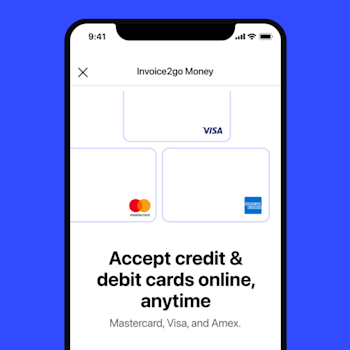
How to accept credit card payments on Invoice2go in 3 simple steps
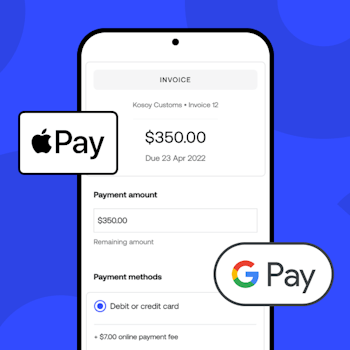
Accept payments online via Apple Pay and Google Pay

Must-not-miss write-offs as you wrap up 2022 year-end finances
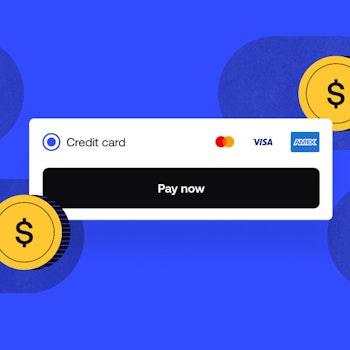
5 ways accepting credit and debit card payments helps your business stay resilient

4 easy ways to increase cash flow today

What is Small Business Saturday and why is it important?
The features and surprising benefits of a well-designed packing slip
